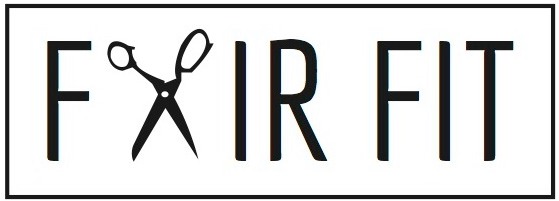Spring Wardrobe Sewing Series - Part 2 Named Patterns Ansa Dress
Oh my dear!! When I saw the Named Patterns Playground Collection, I instantly fell in love with the Ansa Butterfly Sleeve Dress, I had to sew it up as part of my spring wardrobe sewing project. As I mentioned in my last wardrobe sewing post on Victory Pattern's Jackie Dress, I want to sew very fashionable pieces for my closet.
Named has been on the indie sewing scene for awhile, but I hadn't really tackled one of their patterns before. This year, I stopped sewing basic pieces and look for patterns that are very specific in their design and that would be statement pieces. Named's collections embody this intention, and now I that I have sewn 3 of their patterns I appreciate how there is a level of good design in the pattern and the sewing. In this post, I want to share with you my process sewing the Ansa Dress, and the techniques I used to trouble shoot some really crazy fabric issues.
What I Love
This dress, I just want to celebrate as an accomplishment. I would say I'm an advanced sewer, I have sewn since I was 6, I have had 2 clothing lines, and I have sewn professionally for movies and television. I teach sewing. This dress, was a challenge for me, and I was humbled.
So before I dig into what I learned, and the teachable moments I will share with you, I do want to say that I adore this dress and the pattern. I will make it again, likely in the top version. However, I essentially had to make this dress twice, because the first time I sewed it, I completely screwed it up.
TEACHABLE MOMENT
You would think, that after all this time sewing, I would get how important a material is to the pattern and how it sews up in the final garment. I had this polyester/cotton microfiber blend that I just adore. I love the color, and the super softness of it. But, because of the synthetic, it doesn't really mold and press, and this dress, needs molding and shaping to achieve the soft, fluttery effect.
Had I sewn this in 100% lightweight linen, or cotton, or even a rayon, this would not have been the struggle of a project that I encountered. And you know what? It's really rare that I sew a lot of curves. Curved hems, sure, but not a sweetheart line like in this bodice. So while I was aware that I might have to really slow down while sewing the sleeves, I did not anticipate that I would rip out the bodice 3 times to get it right.
What happened was, that this material would not shape to the curves in the seam. It just did not have the flexibility, and I kept ending up with pookies and gathers and it just looked awful.
So I ended up googling quilting tutorials on curved seams, and finally, after reducing the seam allowance to 1/4, and pinning exactly as I'm showing you here, I was able to work it out. It still has problems, but you really can't see it unless you are being super critical.
The other thing I learned with this dress, is that the sleeves have a very interesting curve to the hem. I was getting awful results with a rolled hem. So I made a very delicate, 1/4 inch bias tape, and that's how I finished them off. It was painstakingly slow, as I had to be really careful to achieve it. Again, this was an issue of the material not bending and molding. Had this been silk, or rayon, it would have been another story.
But, I think the bias gave it some precision, and I'm happy with it. I would do this again even if I wasn't using this crazy lavender fabric.
Notes on Skill Level
It's an opportunity to learn! I'd say this dress is in between intermediate and advanced, due to the criticality of the fabric choice, and the sleeves and bodice. You will need to precision sew this, so if you are an intermediate, you should take it on. You will grow so much and really perfect the finishings.
WHAT I LEARNED
This is actually one of those dresses where I need to practice what I preach. Expecting your sewing to be perfect will cheat you of a really great opportunity to grow.
Sewing is a skill where you can sew for a lifetime and not know every trick, every material, every way to avoid a fail. And I'll admit, when Paul saw the dress, he was like "ooh, there's a lot of pookies in that dress!" And as a teacher I was really humbled, like "Can I really wear something that shows I sewed poorly, or didn't know what I was doing?"
My answer is yes, because now I know what happened, why it happened, and the problem solving caused me to research and try other methods. And I fixed the problems in the lavender version so I didn't have to scrap the fabric. Now I have 3 new lessons to share, and apply to my future projects. And heck- you really can't see the flaws anyway :) I know we all struggle with the perfectionism issue in sewing at times, but this time I'm not going to let it cheat me from enjoying a lovely dress.















